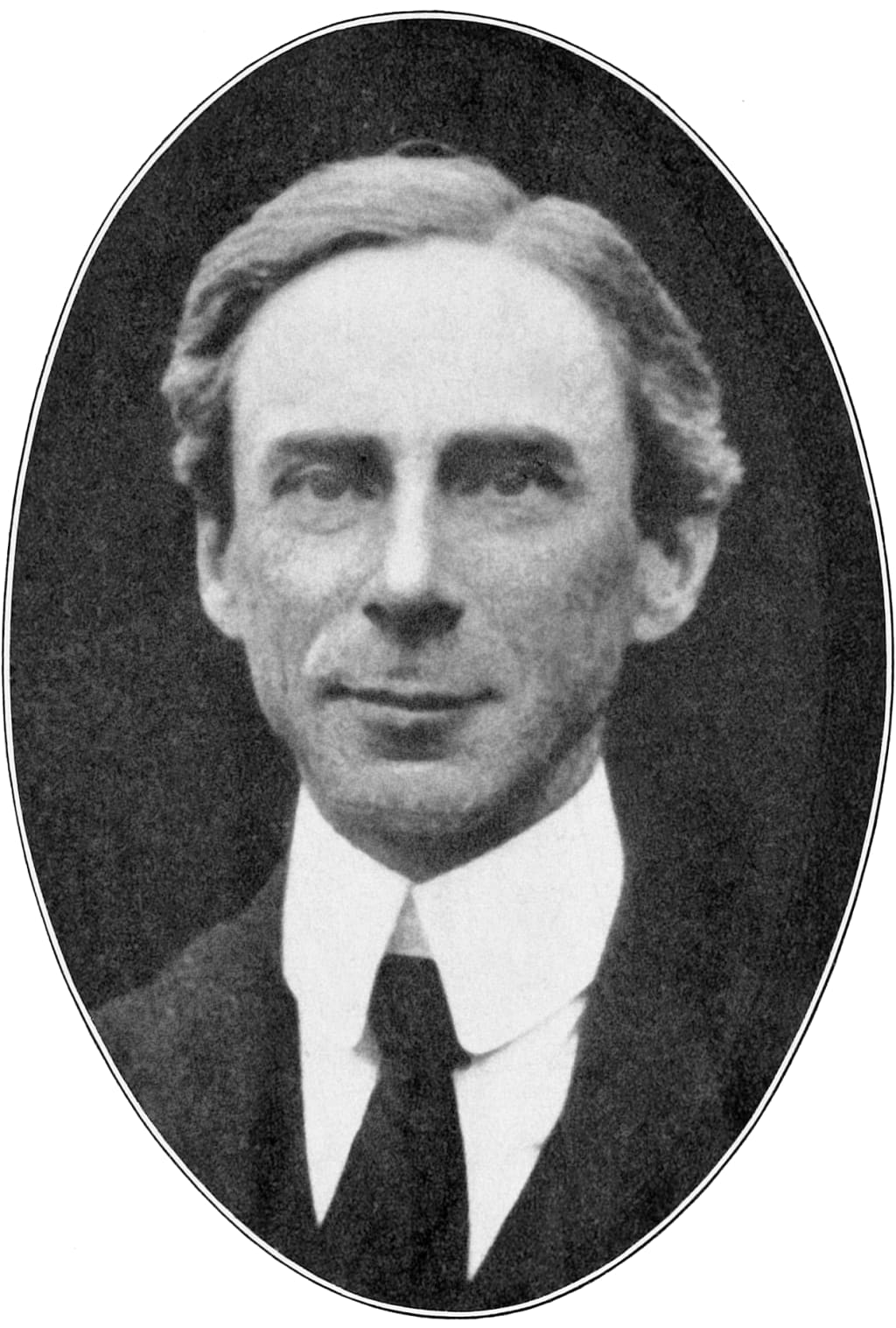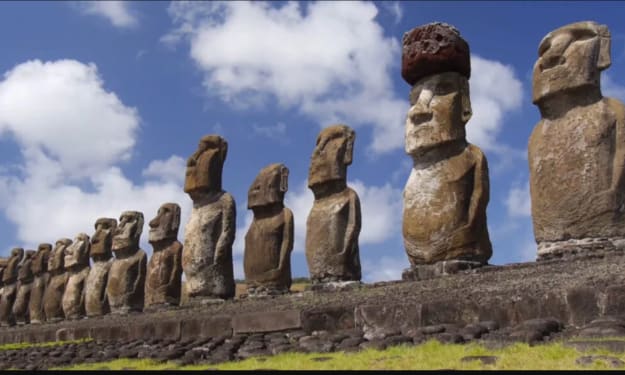Russell's Paradox
A mind-bending challenge to set theory

There are topics in mathematics and philosophy that can push the boundaries of human comprehension. Russell's Paradox is one such concept, posing a baffling and fundamental challenge to set theory, an area of mathematics concerned with collections of objects. This paradox, named after the eminent philosopher and mathematician Bertrand Russell, brought a level of complication that forever changed our knowledge of set theory.
Russell's Paradox arose in the early twentieth century as a result of efforts to lay a solid foundation for mathematics. Mathematicians were attempting to formalize set theory—a technique for defining collections of objects—using a set of axioms (basic rules) at the time.
The fundamental concept in set theory is that of a set—a collection of items. Sets can be made up of anything, ranging from numbers and letters to more abstract mathematical concepts. Mathematicians define sets and their elements using the concept of "membership." The set of even numbers, for example, can be described as "all numbers that are divisible by 2."
Russell's Simple Question:
Bertrand Russell played a critical role in the endeavor to codify set theory. He asked an apparently unimportant question: "Does the set of all sets that do not contain themselves as members contain itself?" This seemingly simple inquiry led to a profound paradox that called into question the basic underpinnings of set theory.
The Paradox in a nutshell:
Russell's Paradox can be summed up in a single, self-referential sentence:
Consider the set R, which contains all sets that are not members of themselves. R is thus the set of sets that are not members of themselves.
Now consider the following: Does R contain itself as a member?
If R includes itself, it must be a member of the set of sets that do not contain themselves. However, if it does not contain itself, it meets the R requirement. This generates a conundrum because R cannot both belong and not belong to itself.
The Implications:
Russell's Paradox had far-reaching consequences for set theory. It revealed that naive set theory, which claimed that any collection of objects could constitute a set at the time, was inconsistent and led to logical paradoxes. This shook mathematics to its core, raising the question of whether a consistent and coherent set theory could ever be constructed.
The Resolution: Zermelo-Fraenkel set theory:
Mathematicians strove to develop a new, more rigorous foundation for set theory in reaction to Russell's Paradox. Ernst Zermelo and Abraham Fraenkel proposed a set of axioms separately that gave a consistent framework for defining sets while avoiding the contradiction.
The Zermelo-Fraenkel set theory (ZF) has axioms that limit the development of sets, avoiding the formation of sets such as Russell's problematic R. The "axiom of regularity," which ensures that sets cannot contain themselves as members, is a critical axiom.
Set theory today:
Modern mathematics is built on ZF set theory, which is frequently supplemented with the Axiom of Choice (abbreviated ZFC). It serves as a firm foundation for several mathematical fields, ranging from calculus to algebra to geometry. While early set theory's paradoxes, such as Russell's Paradox, necessitated revisions and adjustments, the resulting framework has withstood the test of time.
Russell's paradox has profound philosophical ramifications. It questions concepts such as self-reference, identity, and the boundaries of human cognition. The paradox emphasizes the difficulty of defining concepts, particularly in seemingly simple disciplines such as mathematics.
The Legacy of Russell's Paradox:
Russell's Paradox is more than just a mathematical puzzle; it exemplifies the ever-changing nature of human knowledge. It reminds us that there is always room for inquiry, refinement, and discovery, even in well-established fields. The contradiction inspired a rethinking of fundamental ideas in mathematics and philosophy, resulting in a stronger and more rigorous framework for both fields.
Russell's Paradox exemplifies how a seemingly simple question can undermine the fundamental fabric of a mathematical system. It compelled mathematicians and philosophers to grapple with fundamental questions about self-reference and the nature of sets. While the paradox first shook set theory's foundations, it eventually paved the way for a more rigorous and consistent understanding of mathematical collections. Today, Zermelo-Fraenkel set theory is a tribute to human inventiveness and endurance in the face of deep intellectual problems, and Russell's Paradox is a lasting symbol of the complex and ever-expanding world of human knowledge.
About the Creator
John Ammerlane
I love writing about historical figures and events, but also about trivia, geekiness and (weird) sillyness.






Comments
There are no comments for this story
Be the first to respond and start the conversation.